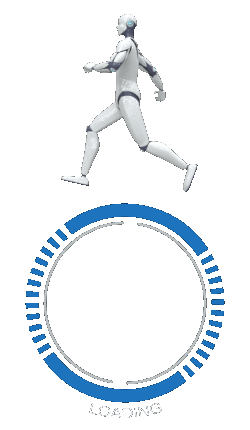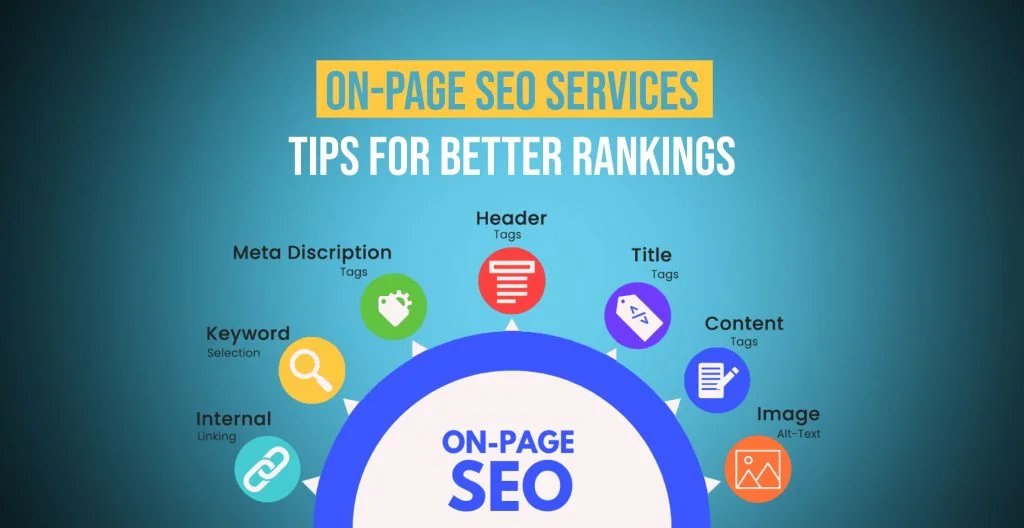What is On-Page SEO?
On-page SEO refers to the optimization of individual web pages to improve their visibility and ranking on search engines. This process involves fine-tuning various elements, including keyword placement, content quality, image optimization, and page loading speed. By refining these internal factors, websites signal their relevance to search engines, enhancing their ability to rank for targeted keywords and attract organic traffic.
The Importance of On-Page SEO for Website Rankings
On-page SEO plays a pivotal role in improving a website’s ranking on search engine results pages (SERPs). It ensures that search engines understand your content’s relevance and purpose, which directly influences your site’s visibility. A well-optimized page can boost rankings, drive organic traffic, and improve user experience. For businesses like SI Global Solutions, implementing effective on-page SEO techniques ensures potential clients can easily find relevant information and services, helping to improve their online presence.
Key Elements of On-Page SEO
Effective on-page SEO relies on several core factors that help both search engines and users easily navigate and understand your content. These factors include:
- Keyword Research and Optimization
Keywords are the terms or phrases people search for when looking for information. They can be broad (short-tail) or specific (long-tail). Knowing how to use the right keywords can significantly improve your ranking.
How to Use AI for On-Page SEO
AI tools like Google’s BERT or RankBrain can help identify user intent and optimize keyword selection. AI-based platforms like SEMrush or Ahrefs also provide keyword analysis and insights that make content creation more effective.
Keyword Placement and Density
Once you’ve identified your target keywords, it’s crucial to place them naturally throughout your content—especially in title tags, header tags, and body content. However, avoid keyword stuffing to maintain readability and user engagement.
- Title Tags and Their Impact on SEO
Title tags are HTML elements that define the title of a webpage. They not only help search engines understand the main focus of a page but also serve as the first point of interaction for users in search results.
Best Practices for Crafting Title Tags
Each page should have a unique, concise title tag (50-60 characters), incorporating relevant keywords. This will improve your page’s click-through rate (CTR) and support your SEO on-page efforts.
- Meta Descriptions and CTR
A meta description is a brief summary of the page’s content that appears in search results. While it doesn’t directly influence rankings, an engaging meta description can increase your CTR.
Tips for Writing Effective Meta Descriptions
Meta descriptions should be around 155-160 characters, contain primary keywords, and include a clear call to action. For SI Global Solutions, a compelling meta description can improve visibility and help drive more traffic.
- URL Structure Optimization
A clean, descriptive URL structure helps both users and search engines understand your page’s content. For example, URLs like “https://sigbl.com/on-page-seo-services/” are straightforward and effective for SEO.
How to Create SEO-Friendly URLs
Ensure URLs are short, use hyphens to separate words, and include relevant keywords. An optimized URL structure contributes to better user experience and search engine indexing.
- Header Tags and Content Structure
Header tags (H1, H2, H3) help break up content into digestible sections, improving both readability and SEO. Proper use of these tags helps both search engines and users navigate content easily.
Structuring Content for SEO and Readability
Well-organized content, including clear headings and concise paragraphs, is essential for good user experience and SEO. Organizing content logically ensures that visitors can quickly find the information they need, improving engagement.
- Content Quality and Relevancy
High-quality content is informative, relevant, and original. It answers the user’s query, is well-researched, and provides value, making it a key ranking factor for SEO.
How to Keep Content Relevant
Regularly update content to keep it fresh and in line with evolving search trends. This is critical for maintaining your site’s relevance and search rankings.
- Image Optimization
Optimizing images can improve page load speeds and increase visibility in both traditional search results and image search. Properly tagged images with descriptive alt text contribute to SEO success.
Best Practices for Image Optimization
Compress images to improve loading times, use descriptive filenames, and include alt text to make them accessible to both search engines and users.
- Page Loading Speed
Page speed is a significant factor in both user experience and SEO. Slow-loading pages lead to higher bounce rates, which can negatively impact rankings.
Tools to Measure and Improve Page Speed
Tools like Google PageSpeed Insights, GTmetrix, and Pingdom help assess and optimize page load times. Techniques like minimizing code, compressing images, and using CDNs can improve speed and performance.
What to Include on Key Pages for SEO
- Main Service Page: Ensure that your main service page includes relevant keywords, clear descriptions of your offerings, engaging CTAs, and optimized media to boost on-page SEO.
- Contact Page: For SEO optimization, ensure your contact page includes relevant keywords, your business’s NAP (Name, Address, Phone number), and any other location-based information that improves local SEO.
Conclusion
On-page SEO is a crucial part of any successful SEO strategy. From keyword research and title tag optimization to image and page speed improvements, each factor plays a role in boosting your search rankings. Whether you are working with SEO on-page SEO off-page strategies or focusing on on-page SEO optimization, following these best practices will lead to better search visibility and a more user-friendly website.
If you want to drive more organic traffic, consider leveraging on-page SEO services or using an on-page SEO checker to analyze and optimize your website’s performance. Ensure your pages are optimized for both SEO on-page and SEO off-page elements to create a balanced, effective SEO strategy.
For businesses like SI Global Solutions, applying these strategies consistently can lead to sustained improvements in rankings, visibility, and user engagement. Make sure to review your on-page SEO checklist regularly and keep your content fresh to stay ahead of the competition.


